Calling all ocean enthusiasts and nature lovers! Get ready to embark on an exciting adventure into the world of kelp reforestation and regenerative aquaculture. It's time to dive into the underwater jungle and explore the fascinating wonders that await beneath the surface. Are you ready? Let's go!
What is kelp?
Why is Seatopia Planting Kelp for every order? Is Kelp the same thing as seaweed? What about algae?
Kelp is a large brown algae that grows as seaweed and often in large, dense groups called kelp forests. These forests are hotspots for valuable habitat, high biodiversity, and ecological function. Many marine animals depend on these forests for food and shelter for fishes and invertebrates.
Kelp is exclusively marine, and found primarily along temperate or sub-polar rocky coasts below the low-tide level. Because they rely on sunlight for photosynthesis, they are found in cold, nutrient-rich, shallow waters and are not found below 131 ft depth.
Kelp plays a significant role in cycling oxygen and carbon through the ocean. Seaweeds can grow up to 60 times faster than land-based plants, and are thus able to sequester more greenhouse gases when farmed and grown in large quantities. Their role in our oceans is insurmountable and irreplaceable.
Kelp Structure
Kelp and algae are not technically plants, and thus have different biology and structures from land plants.

Thallus: Because kelp has no true leaves, stems, or roots, the entire body composes the thallus. While there are different structures in the thallus, all cells are the same and undifferentiated, unlike land plants.
Stipes: The stipes are stem-like structures from which the blades grow.
Blade: The flat, leaf-like structures of kelp are called blades.
Holdfast: As kelp do not have true roots, they use holdfasts to secure themselves to hard surfaces, like rocks. These do not function like roots, and do not absorb water or any nutrients.
Pneumatocyst: These gas-filled bladders at the bottom of each blade provide kelp with buoyancy. When kelp is no longer attached to a substrate, the pneumatocyst allows the blades to lift toward the surface to receive more sunlight for photosynthesis. They also provide buoyancy to aid in dispersal to new areas and habitats.
What can kelp be used for?
Kelp and other types of algae are good sources of fiber, vitamins, essential oils, minerals, protein, and more. It is easily harvested and grown for commercial and farming purposes.
Kelp is a low fat, high protein food source used by human civilizations for many years. Algin, an emulsifying agent, is found in kelp and can be distracted for use in toothpaste, ice cream, shampoo, salad dressings, frozen foods, and pharmaceuticals. It can also be used on its own as a dietary supplement and to cook with.
Current research and innovations are working towards making seaweed a viable alternative to plastic. This bio-packaging is created using no greenhouse gases like regular plastic, and is biodegradable and a more sustainable long-term solution to the world’s plastic issue.
Why do we need to conserve kelp forests?
Kelp forests are disappearing at alarming rates due to overfishing, climate change, and pollution.
Overfishing: Overfishing of large predators and fishes has left smaller organisms without natural predators, allowing them to increase their populations at rates higher than those of the kelps that they feed on.
Climate change: Rising ocean temperatures are pushing kelp past their physiological limits of temperature regulation and habitat preference. This ultimately shrinks the available space for kelp within their temperature limits. Rising ocean temperatures have also increased populations of sea urchins, who can overgraze entire kelp forests to extinction.
Pollution: Kelps absorb nutrients from the water through their blades and stipes as they do not have roots like plants that can absorb these necessities. Ocean pollution means that kelp is now absorbing lower quality water with more toxins and less nutrients, leading to decreased health across kelp forests.
Picture this: a vibrant ecosystem teeming with life, where majestic kelp forests sway to the rhythm of the ocean currents. These incredible underwater forests not only provide a playground for marine creatures but also hold immense potential in combating climate change and revitalizing our oceans.
Kelp reforestation, an innovative approach to regenerative aquaculture, has captivated scientists and environmentalists alike. By cultivating these magnificent seaweed forests, we can create thriving habitats for a diverse range of marine species. It's like hosting the ultimate underwater party, where fish, sea otters, and other creatures come together to celebrate life in an oceanic wonderland.
But the fun doesn't stop there! Did you know that kelp acts as a superhero in the fight against climate change? These mighty plants have an incredible talent for absorbing carbon dioxide and releasing oxygen, making them natural champions in the battle to reduce greenhouse gas emissions. It's like having an army of green superheroes fighting for a cleaner and greener planet!
If you're itching to learn more about the magical powers of kelp and its role in ocean regeneration, we've got you covered. Check out this fascinating report (Rise of Turfs: A New Battlefront for Globally Declining Kelp Forests) by Filbee-Dexter and Wernberg (2018), where they dive deep into the benefits of kelp and its potential to transform our marine ecosystems. Prepare to be amazed by the wonders of nature!
So, why not join the party and become an advocate for kelp reforestation and regenerative aquaculture? By supporting sustainable practices and spreading the word about the importance of kelp forests, you can be part of the movement to protect our oceans and create a brighter future for generations to come.
Stay tuned for our upcoming blog post, where we'll take you on an underwater adventure like no other. Get ready for tales of marine marvels, scientific breakthroughs, and the sheer joy of celebrating the wonders of kelp reforestation. Together, let's make a splash and have a whale of a time in the world of regenerative aquaculture!
Don't forget to grab your snorkel, fins, and a sense of adventure as we dive into the fun-filled world of kelp reforestation. The underwater jungle awaits, and the party has just begun!
Seatopia works in collaboration with Seaforestation by Ocean Wise to plant one kelp per order. Shop our website to plant kelp and protect our marine environments.
When you subscribe to Seatopia you are supporting artisan aquaculture and helping restore our oceans:



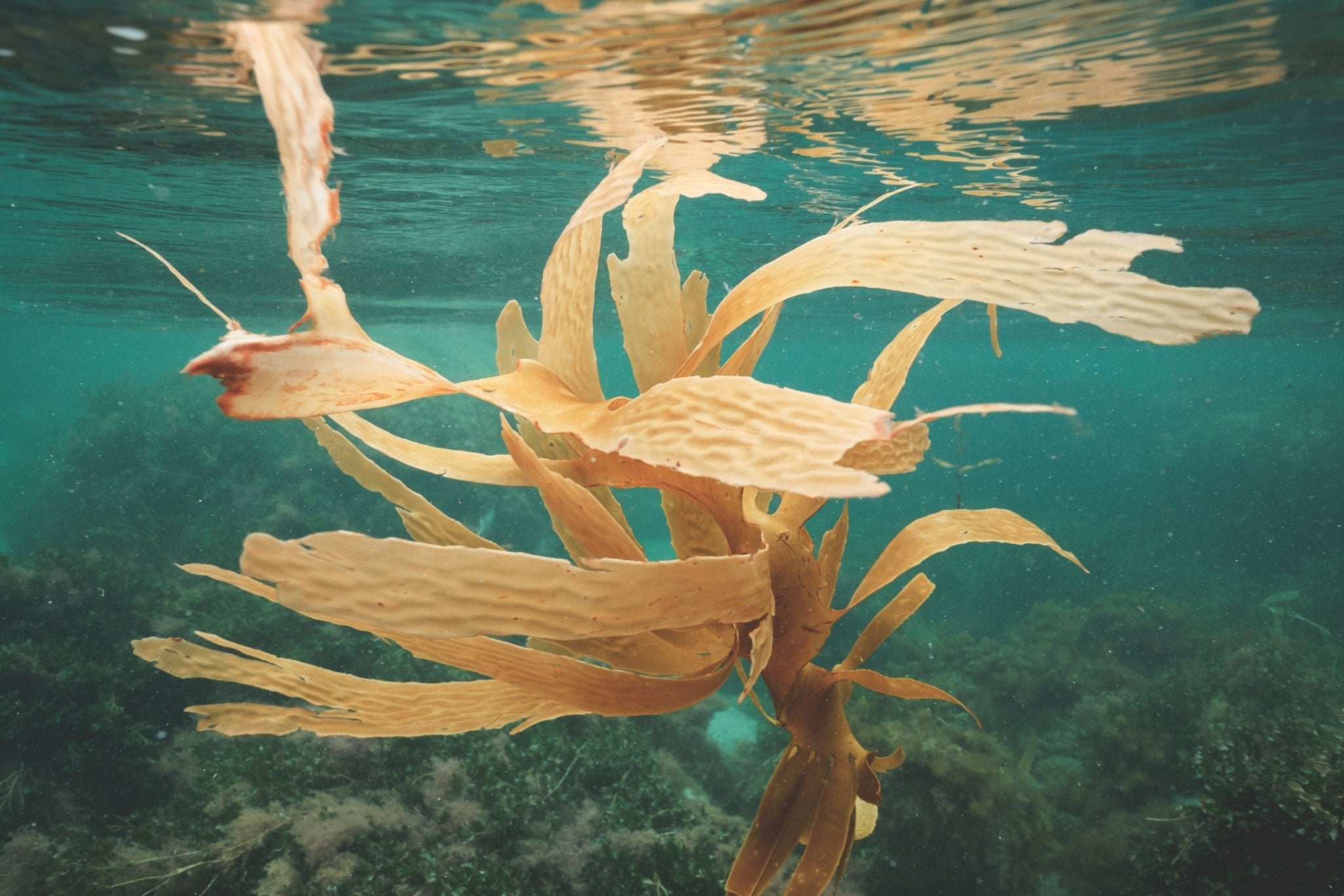

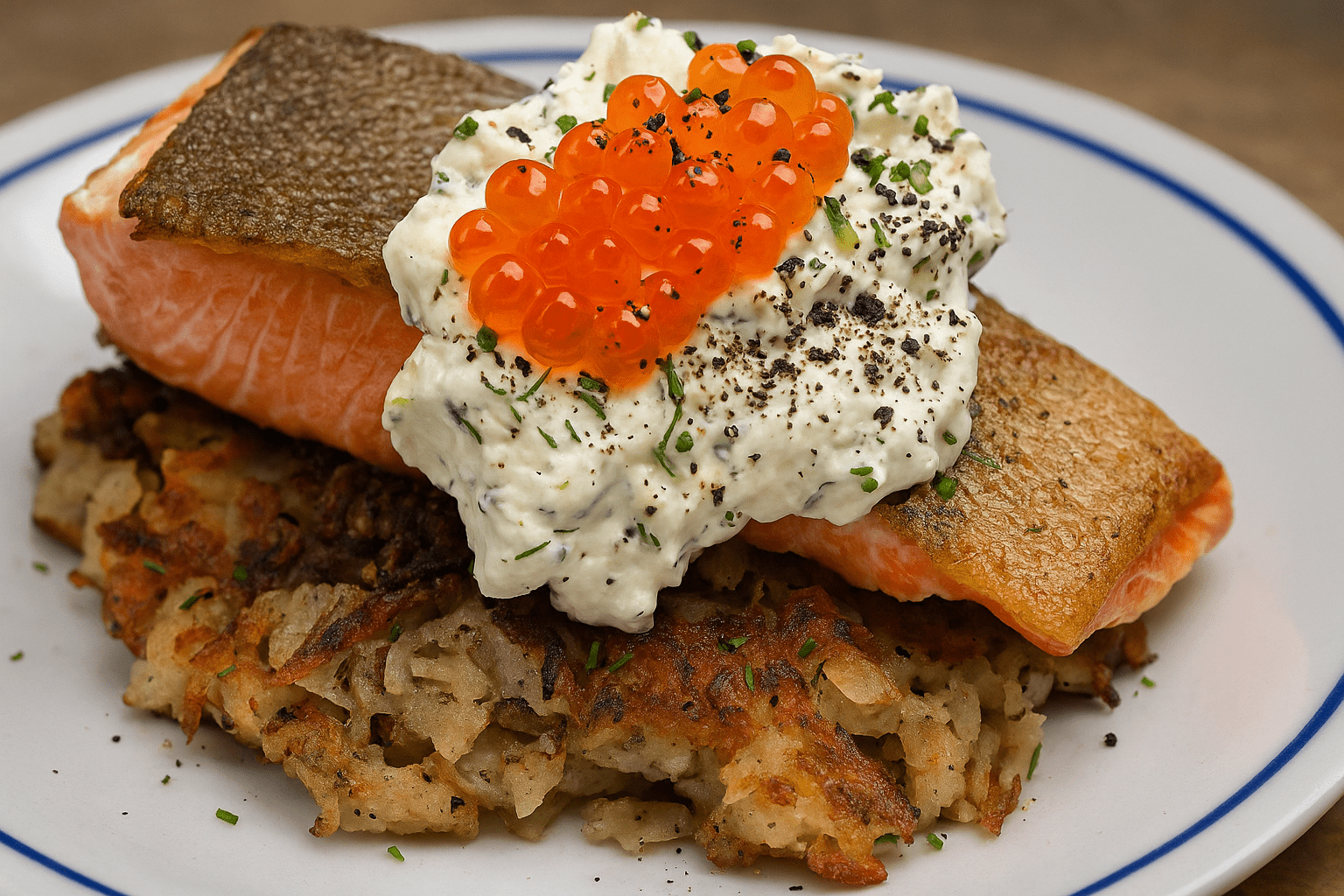
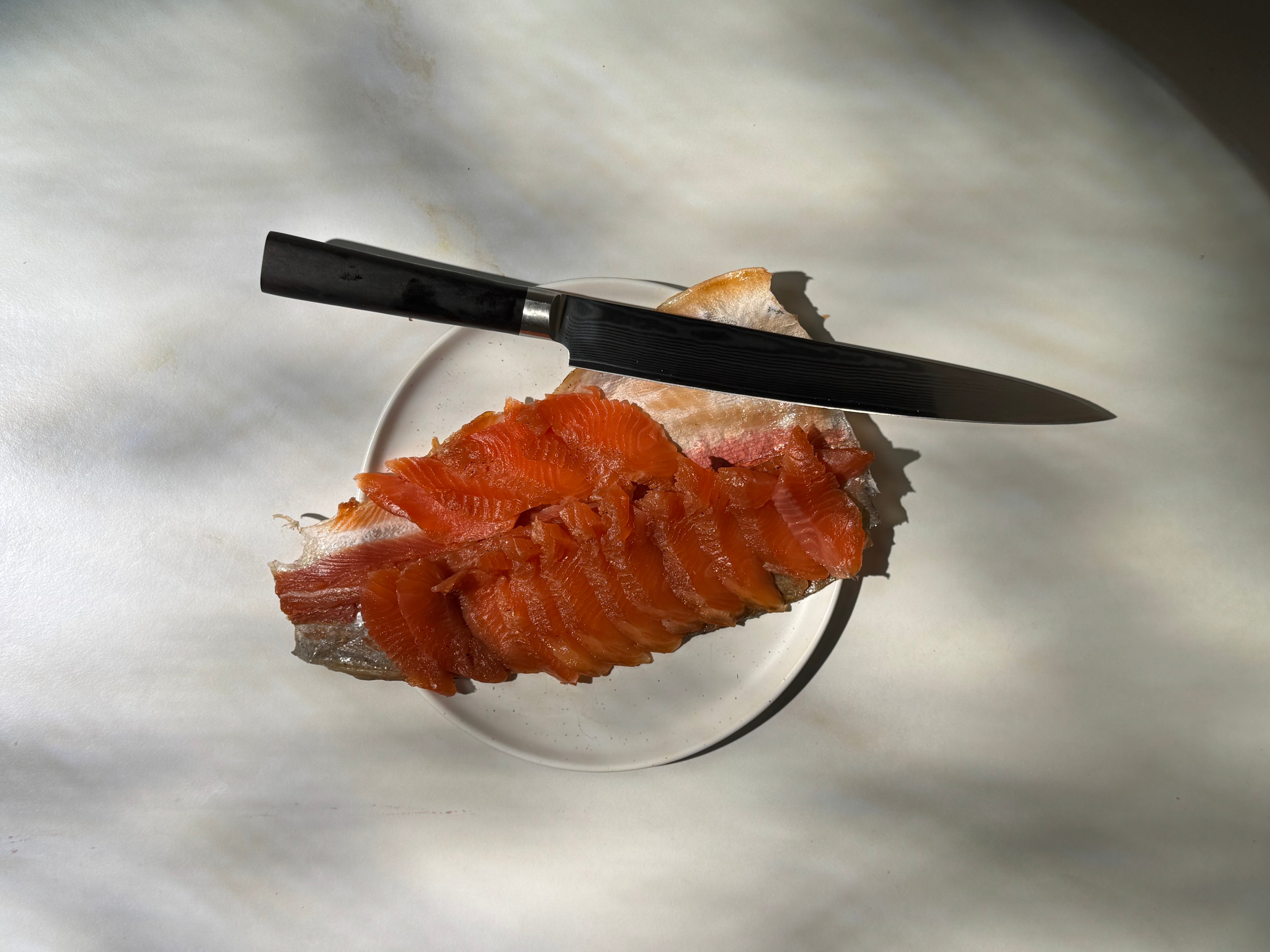


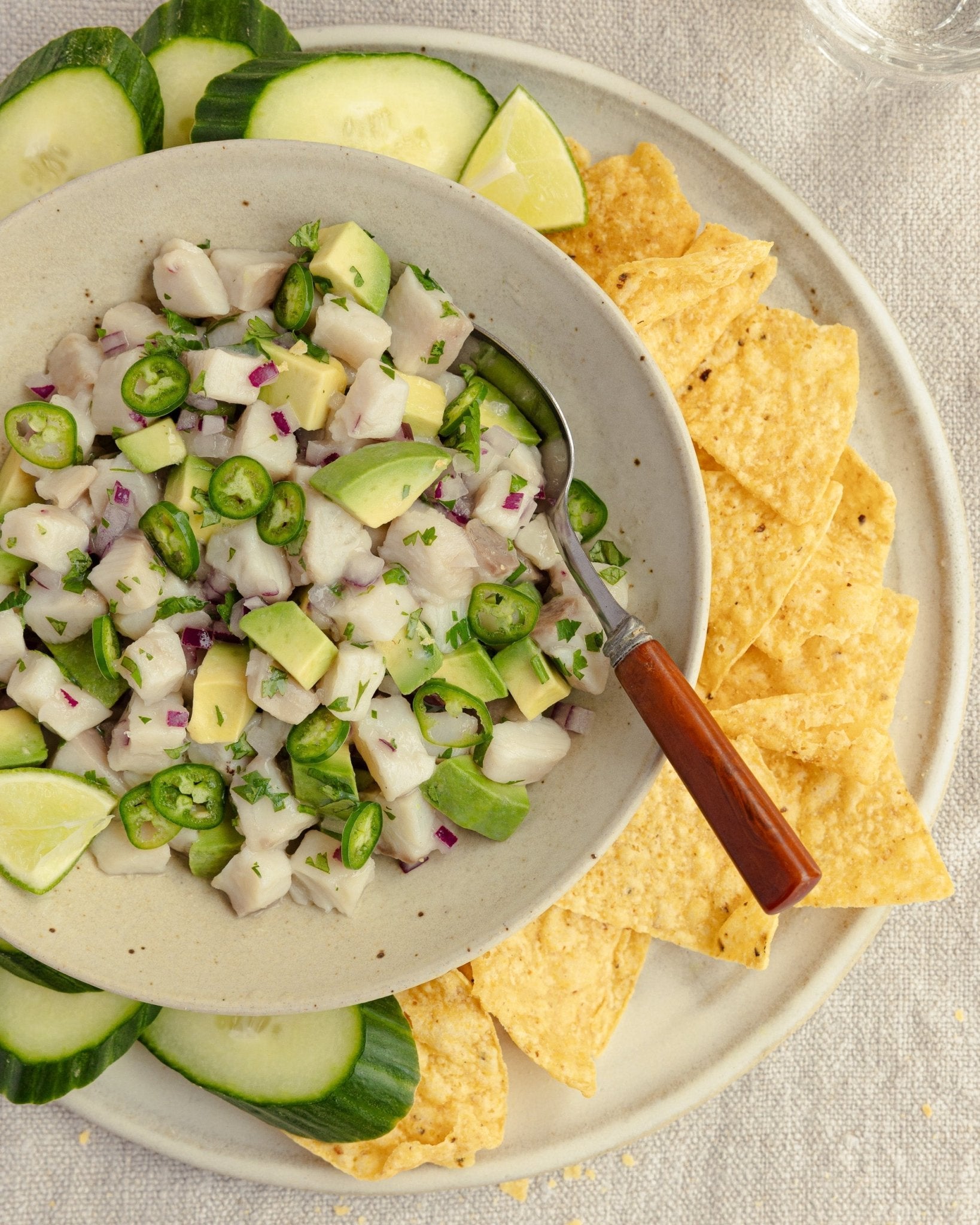
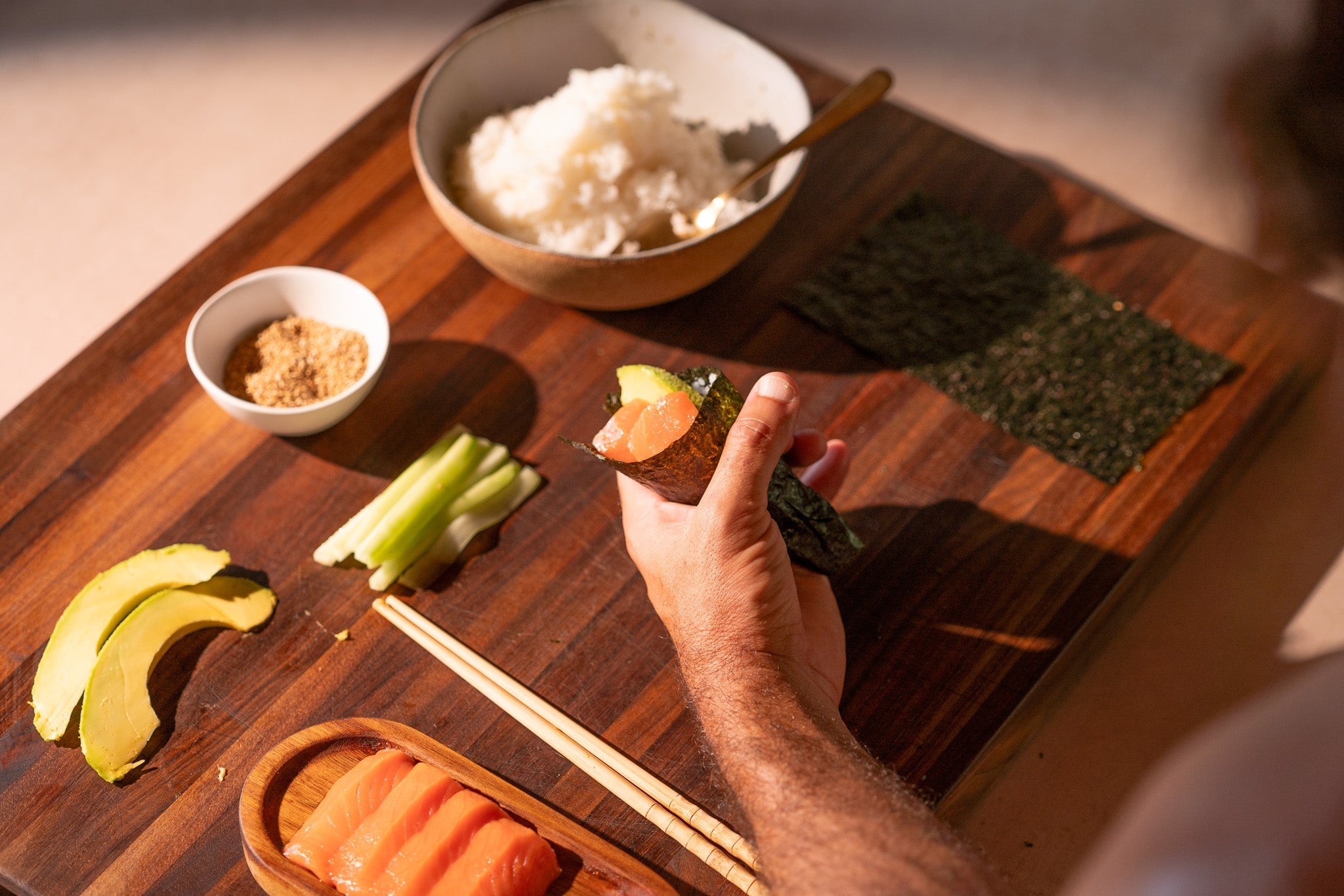
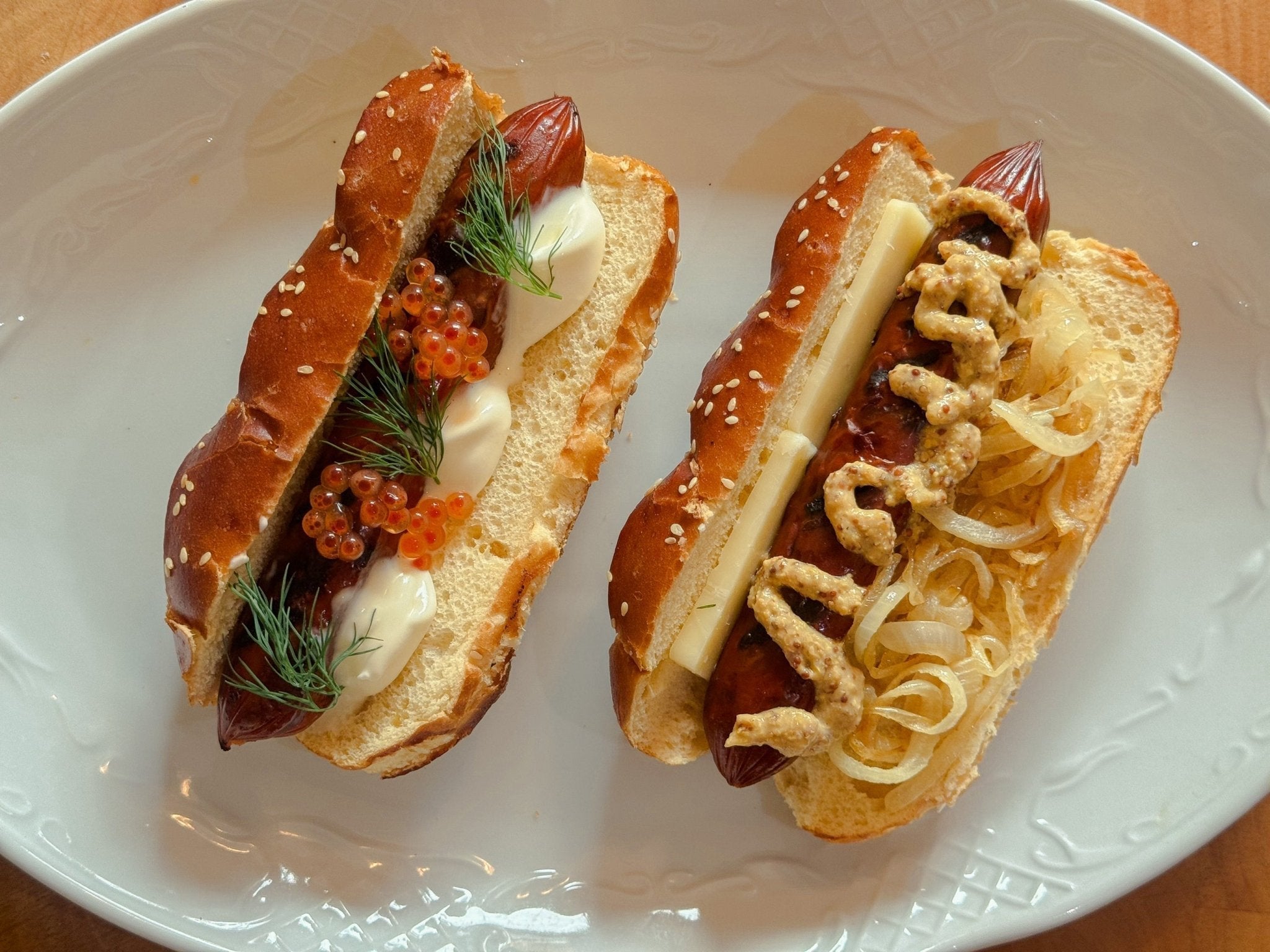
Share:
Why Do We Talk About Kelp?
Restorative Mangrove Shrimp? Black Tiger Shrimp Farms Regenerating Mangrove Forests